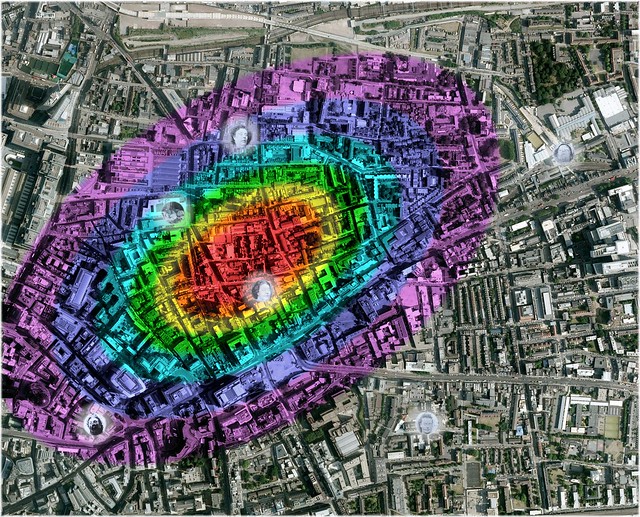Originally posted by ChrisGeorge
View Post
Rob I like your book. It is a suspect book. A good suspect book stays on track, as you did. Thank you for explaining and also including a visual chart of the family members. Who immigrated and their particulars. This cast Aaron in relief, as the others married, worked, changed their names, etc. That is much clearer to me now.
Also you raised a key point, that Aaron was at no time classified an imbecile. That Leavensden had two distinct classes of patients.
All modern JtR suspect books utilize some modern methods, such as criminal and geographic profiling, reverse diagnosis based on current knowledge, and comparison with those on the infinite list of serial killers since. And so forth. And a lot of it is a minefield because it leads to various interpetations and forks in the road.
Sometimes simpler is better. For instance, your area map, Rob, was easy to understand. It showed the murder sites, and there was Kosminki's abode, "bang in the heart of the district" to borrow a phrase. It says more than explaining geo-profiling.
A satisfied customer,
Roy

 Sink the Bismark
Sink the Bismark



Comment